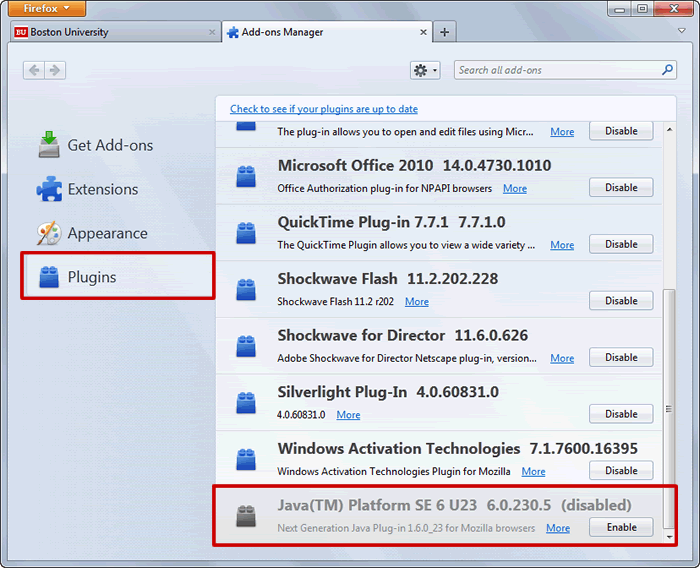
Communicate streaming audio, video, or data.Exchange information about media and client capability, such as resolution and codecs.Coordinate signaling communication to report errors and initiate or close sessions.Get network information, such as IP addresses and ports, and exchange it with other WebRTC clients (known as peers) to enable connection, even through NATs and firewalls.Get streaming audio, video, or other data.
#HOW TO INSTALL HTML5 PLUGINS HOW TO#
The WebRTC codelab shows how to use all three APIs to build a simple app for video chat and file sharing. RTCDataChannel: To see this in action, see WebRTC samples to check out one of the data-channel demos. This app uses adapter.js, a JavaScript shim maintained by Google with help from the WebRTC community, to abstract away browser differences and spec changes. RTCPeerConnection: For a simple demo and a fully functional video-chat app, see WebRTC samples Peer connectionĪnd appr.tc, respectively. GetUserMedia: For demos and code, see WebRTC samples or try Chris Wilson's amazing examples that use getUserMedia as input for web audio. MediaStream (also known as getUserMedia)Īll three APIs are supported on mobile and desktop by Chrome, Safari, Firefox, Edge, and Opera.WebRTC has also been integrated with WebKitGTK+ and Qt native apps. WebRTC is used in various apps, such as Google Meet.

The guiding principles of the WebRTC project are that its APIs should be open source, free, standardized, built into web browsers, and more efficient than existing technologies. It's often difficult to persuade people to install plugins in the first place!

Having trouble with your machine and WebRTC? Visit the WebRTC Troubleshooter.Īlternatively, jump straight into the WebRTC codelab, a step-by-step guide that explains how to build a complete video chat app, including a simple signaling server.Can’t wait and just want to try WebRTC right now? Try some of the more-than 20 demos that exercise the WebRTC JavaScript APIs.
#HOW TO INSTALL HTML5 PLUGINS CODE#

To learn about the RTCPeerConnection API, see the following example and RTCPeerConnection.If you haven't used the getUserMedia API, see Capture audio and video in HTML5.To get an overview of WebRTC, watch the following Google I/O video or view these slides: Haven't got time to read this article or only want code? Open the URL displayed at the end of the page in a new tab or, better still, on a different computer.Click Join to join a chat room and let the app use your webcam.A good place to start is the simple video chat app at appr.tc: Want to try it out? WebRTC is available on desktop and mobile in Google Chrome, Safari, Firefox, and Opera. Imagine it was easy to add video chat and peer-to-peer data sharing to your web app. Imagine a world where your phone, TV, and computer could communicate on a common platform. WebRTC is a new front in the long war for an open and unencumbered web.īrendan Eich, inventor of JavaScript Real-time communication without plugins


 0 kommentar(er)
0 kommentar(er)
